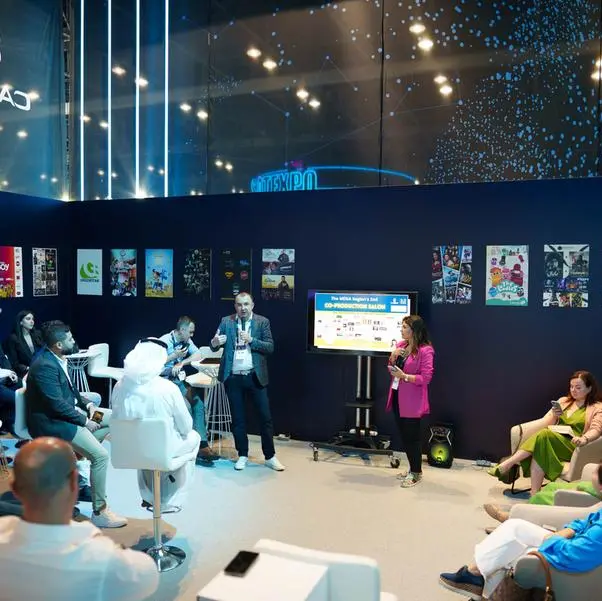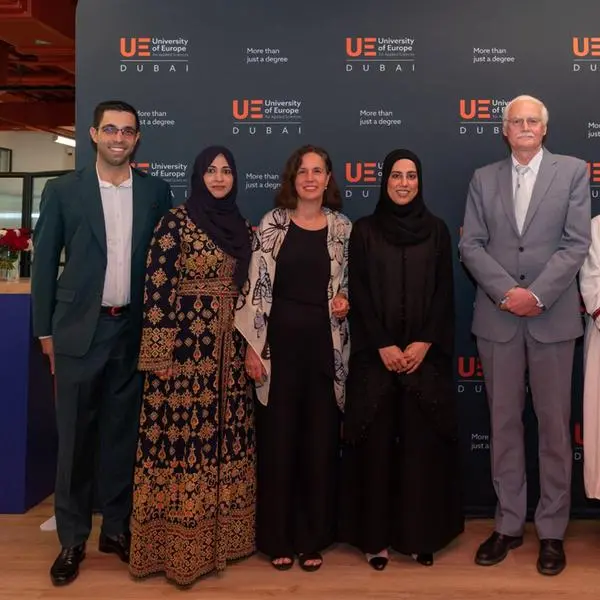In the last few years, companies have been making investments in huge projects pertaining to the changing energy landscape. Citing an example, district cooling system service provider, Empower, has recently made an investment of USD 40.8 million for a 14,000 RT project. The company has almost fulfilled all the requirements for providing DC services in Dubai. This move is indicative of the rapid adoption of district cooling systems in recent times.
A centralized ‘sustainable’ cooling approach
The need for sustainable energy sources is increasing by the day due to growing heat and humidity levels. Changing climatic conditions are also driving the need for environment friendly systems that are able to provide heat and coolness as per changing weather conditions. In this regard, district cooling systems seem to be gaining precedence worldwide – especially in arid regions.
The DC system basically distributes thermal energy in chilled water from a central source to various buildings and commercial spaces via a network of underground pipes. The system is considered rather efficient, mainly because the heat rejection in the systems take place through the central source, eliminating the need for separate systems in single buildings.
So why district cooling systems and not air conditioners?
A single reason may be insufficient to justify why DCS preferred massively over traditional ACs. Some of the main reasons are mentioned below:
- ENERGY SAVER
Firstly, district cooling systems consume nearly 40 per cent less energy as compared to the traditional ACs. This makes them a preferred choice as energy-efficient products.
- COST EFFICIENT
They promote cost efficiency. Although the investments are humongous, it is evidently returned back through positive financial gains generated in the longer run.
- LONG SHELF-LIFE
District cooling systems have low maintenance costs and a comparatively longer shelf-life.
These fundamental benefits are likely to enable the district cooling market to witness an exceptional rise over the years. They are implemented on a huge scale across many developing countries due to the advantages they offer. In India for example, district cooling systems were implemented at a nascent stage in Gujarat International Finance Tec (GIFT)-City. The deployment aims to offer uninterrupted, energy efficient, and sustainable DC air conditioning system to the occupants of GIFT city.
The adoption of district cooling systems is also gaining traction owing to its sustainability benefits. Once installed, these products can help to reduce carbon dioxide emissions to a large extent. They also ensure lesser water consumption, since treated water from sewage treatment plants can also be used for running these systems instead of freshwater. The global district cooling market trends may depict massive transformation due to the many sustainability advantages these systems offer.
‘Smart’ technological interventions – Future of the global district cooling market
The rise in digitalization and automation has led to the usage of technological advancements in the field of district cooling. The past few years have witnessed phenomenal efforts in research and development activities on using district cooling for smart cities. Smart district cooling networks may probably manage the supply needs via the intelligent use of innovations and smart components in the years to come.
Many recent developments in artificial intelligence and machine learning have paved way for novel projects and pilot tests emphasizing on using waste heat and cool streams. In this regard, more efficient models are being studied to be applied under the smart cities. As a matter of fact, a model based on microgrids, that is currently being studied in a pilot mode in NYC, stands amongst one of those. Speculations have it that microgrids when combined with DC networks result in a powerful system that may optimize power consumption.
District cooling is a part of an integral energy infrastructure aiming to reduce the strain on the electric grid, caused due to rising demand for air conditioning. Estimates claim that air conditioning is responsible for creating almost 50 to 70 per cent of peak electricity demand. In consequence, this would lead to an increase in the demand for DC systems.
It is prudent to mention that the growth graph of district cooling industry is also strategically ascending, attributed to the introduction of favorable regulatory reforms promoting sustainable building solutions. As the fluctuations in climate change continue and the demand for energy efficient heating and cooling solutions increases, district cooling market outlook is likely to show a commendable transformation.
Global Market Insights, Inc., claims the worldwide district cooling market to exceed USD 150 billion by 2026.
© Press Release 2019Disclaimer: The contents of this press release was provided from an external third party provider. This website is not responsible for, and does not control, such external content. This content is provided on an “as is” and “as available” basis and has not been edited in any way. Neither this website nor our affiliates guarantee the accuracy of or endorse the views or opinions expressed in this press release.
The press release is provided for informational purposes only. The content does not provide tax, legal or investment advice or opinion regarding the suitability, value or profitability of any particular security, portfolio or investment strategy. Neither this website nor our affiliates shall be liable for any errors or inaccuracies in the content, or for any actions taken by you in reliance thereon. You expressly agree that your use of the information within this article is at your sole risk.
To the fullest extent permitted by applicable law, this website, its parent company, its subsidiaries, its affiliates and the respective shareholders, directors, officers, employees, agents, advertisers, content providers and licensors will not be liable (jointly or severally) to you for any direct, indirect, consequential, special, incidental, punitive or exemplary damages, including without limitation, lost profits, lost savings and lost revenues, whether in negligence, tort, contract or any other theory of liability, even if the parties have been advised of the possibility or could have foreseen any such damages.










